The misappropriation of design
When the picket signs are laid to rest, the streets are finally restored to calm normality and the air is no longer thick with the rally cry of 'no justice, no peace'; what remains?
During the weeks of May-June 2020, a promise was made by millions to no longer be a quiet bystander to racial injustice as the world shared in public mourning over the tragic death of George Floyd. Black squares adorned our instagram and the words 'Black Lives Matters' was used like a catchphrase of solidarity, but how does society and brands plan on fulfilling this open declaration?
On June 1st, Barack Obama wrote an article entitled"How to Make this Moment the Turning Point for Real Change"
Amongst a raft of directives he stated;
the more specific we can make demands for criminal justice and police reform, the harder it will be for elected officials to just offer lip service to the cause and then fall back into business as usual once protests have gone away.
Therein lies the key. SPECIFICITY.
As powerful as our collectives voices were during the protests, change is not made through promises, it is action.
In a whirlwind, the world seemed to open its eyes and unite against inequality, now we need to question ourselves with what actions we are taking to make the change we all promised so our words do not lay to rest idly alongside our picket signs.
This paper is written with one specific topic in mind - the world of cultural appropriation, the creative process, its effect on marginalised communities and how we can learn to do better.
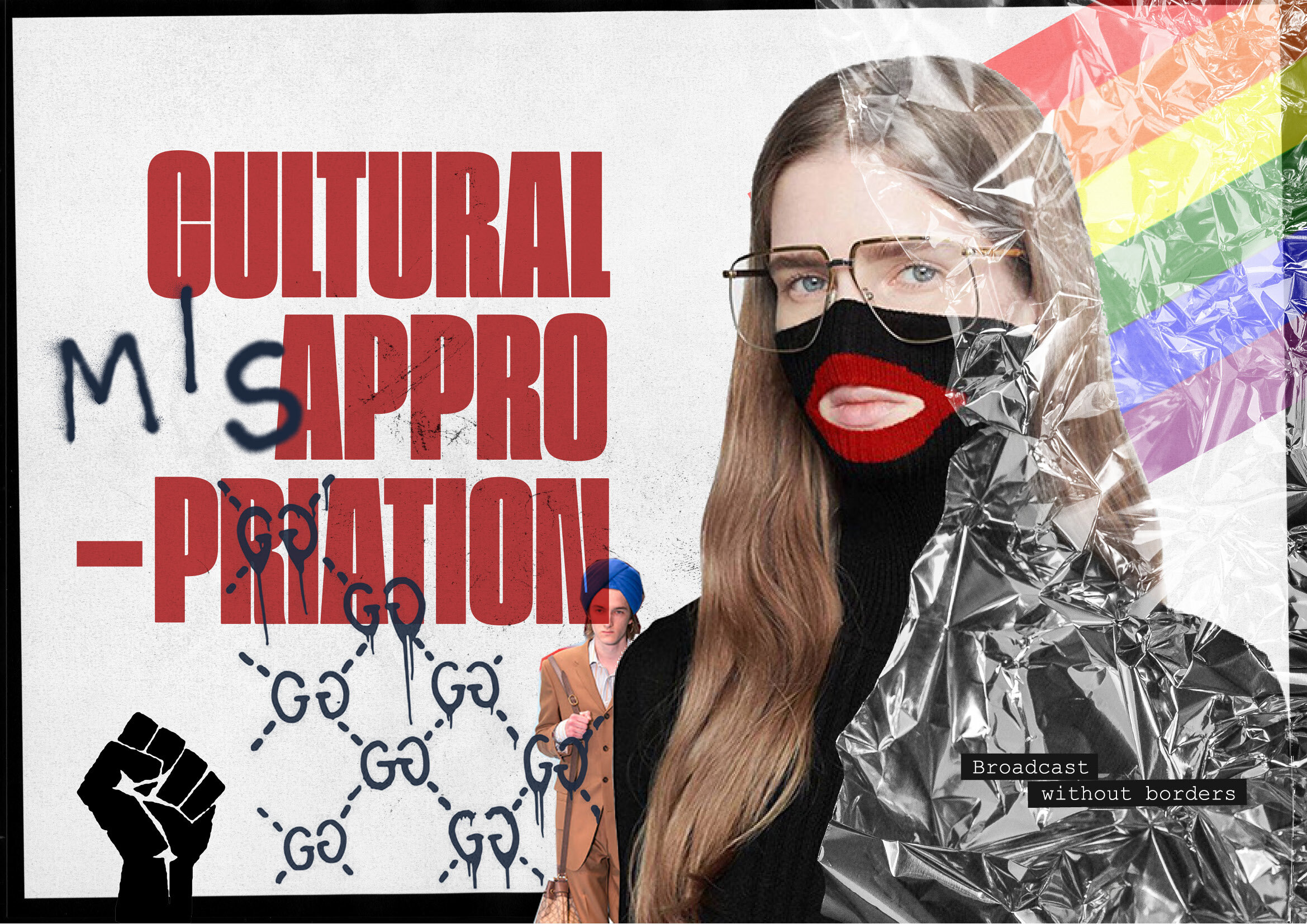
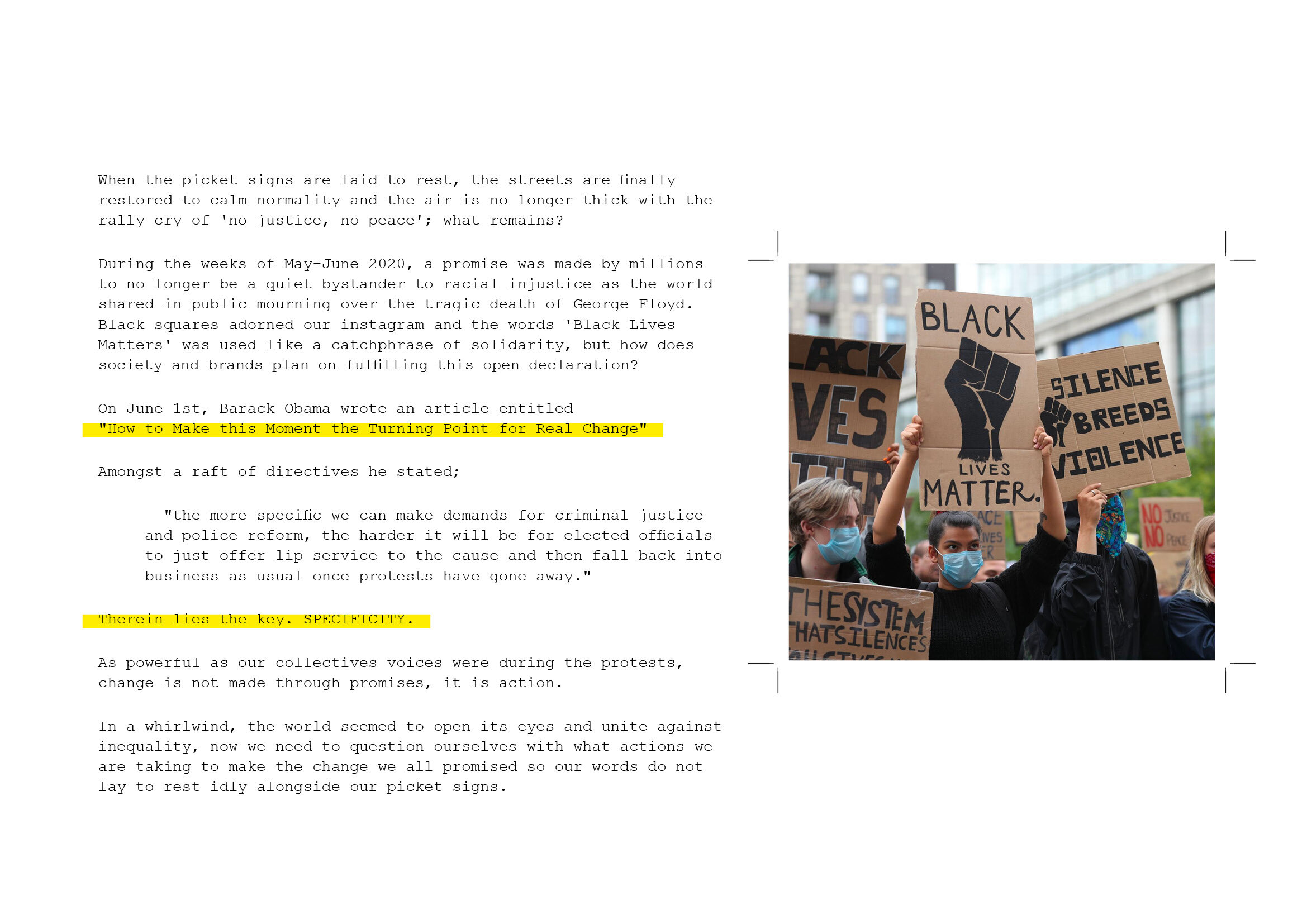
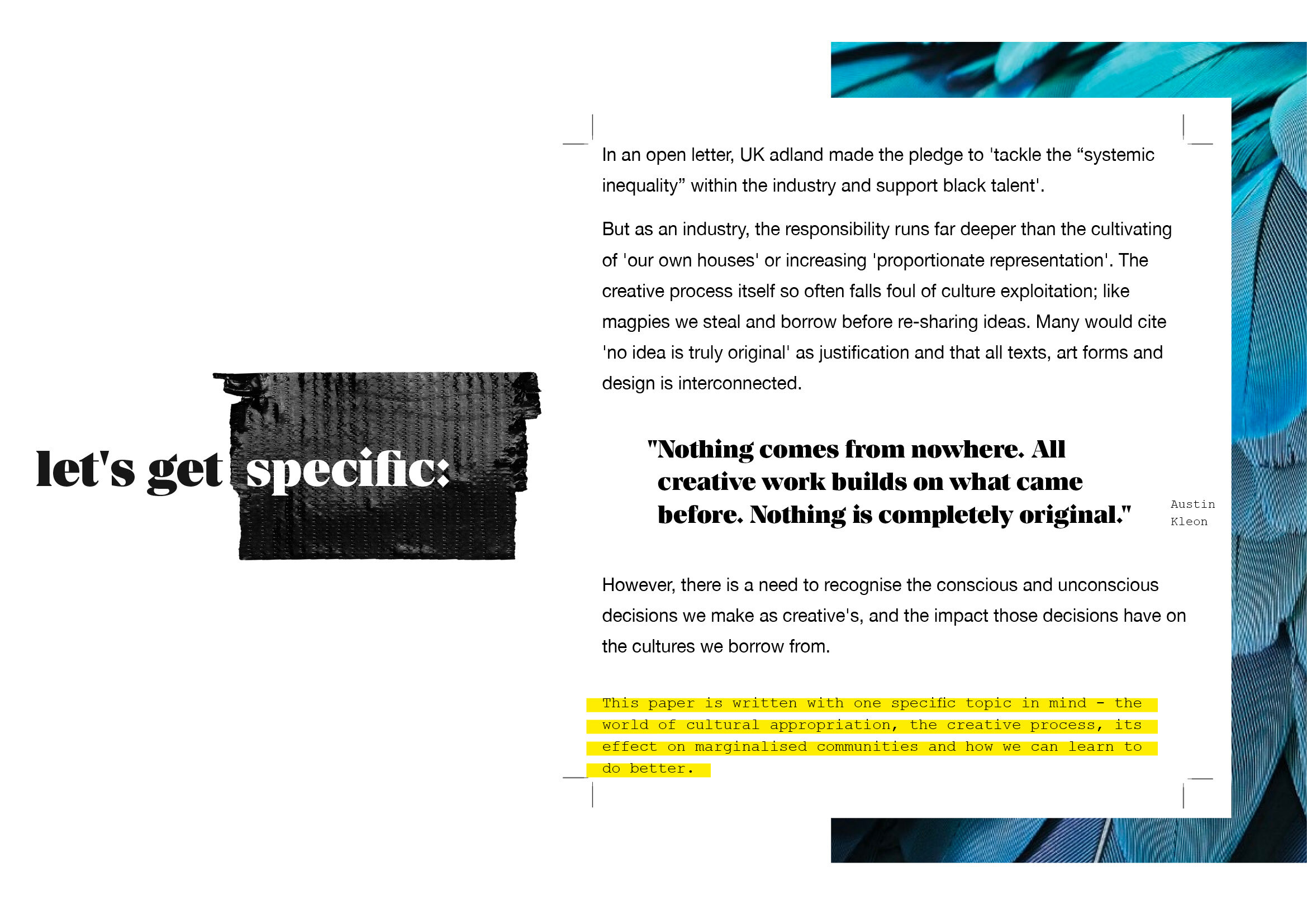
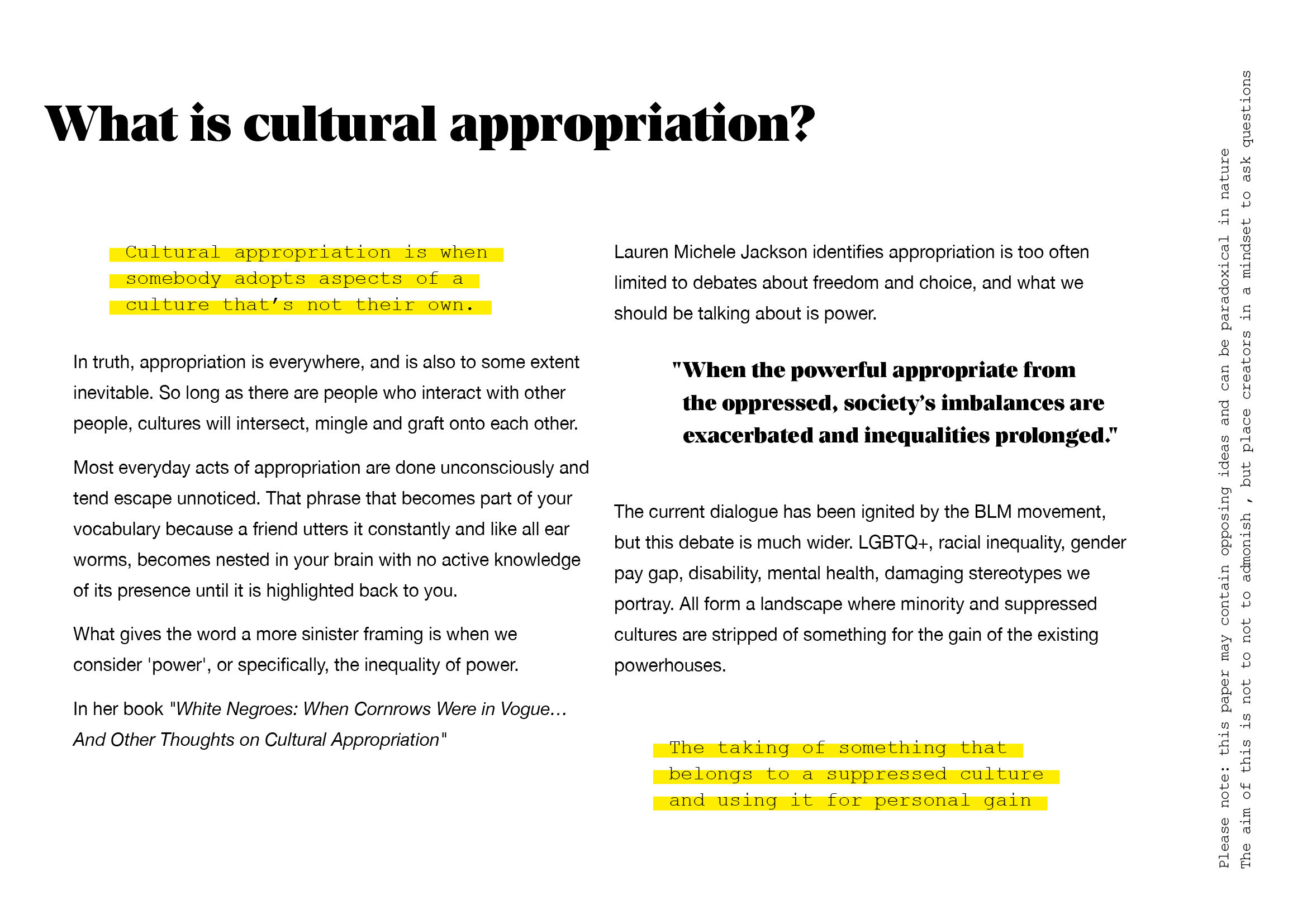
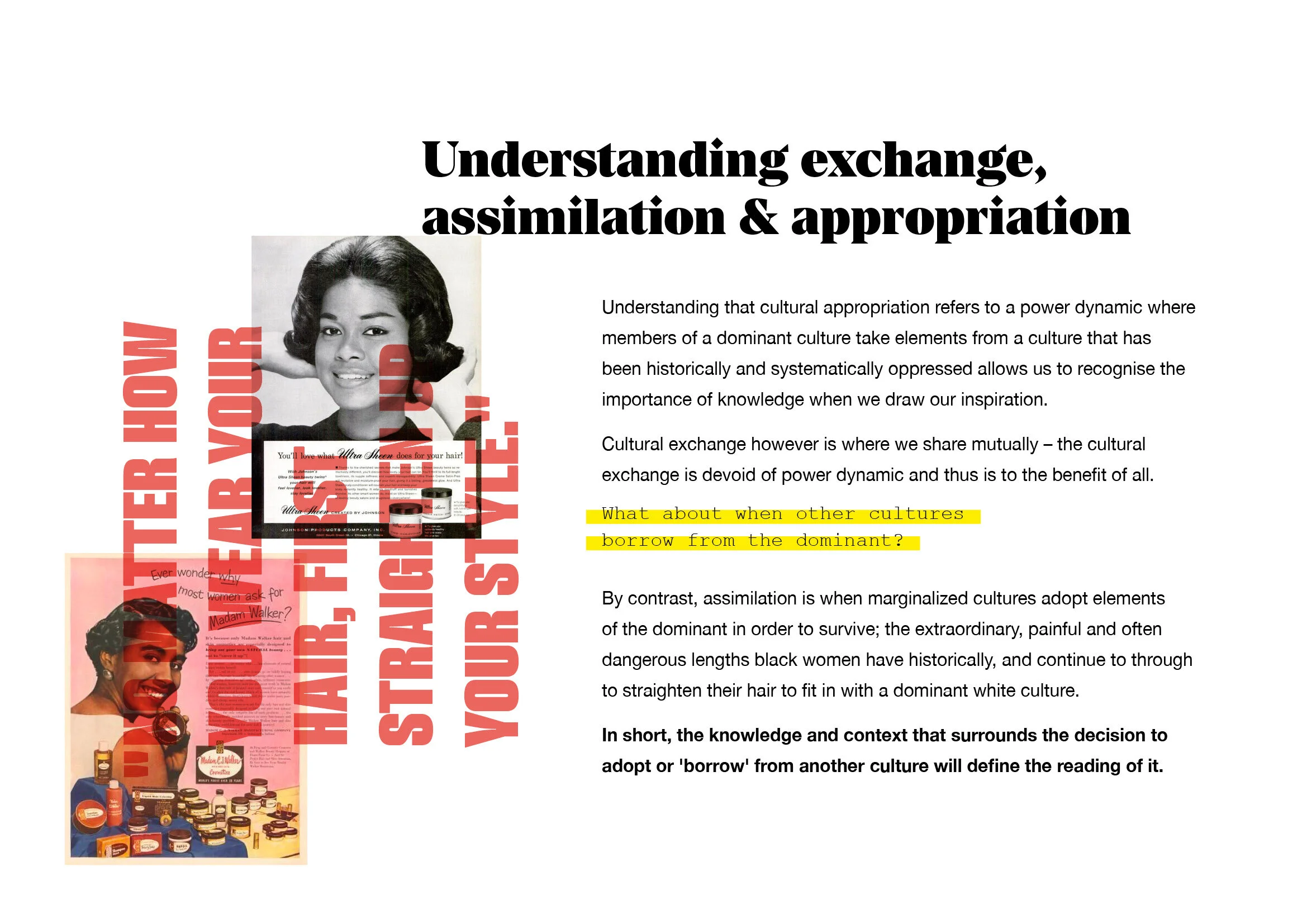
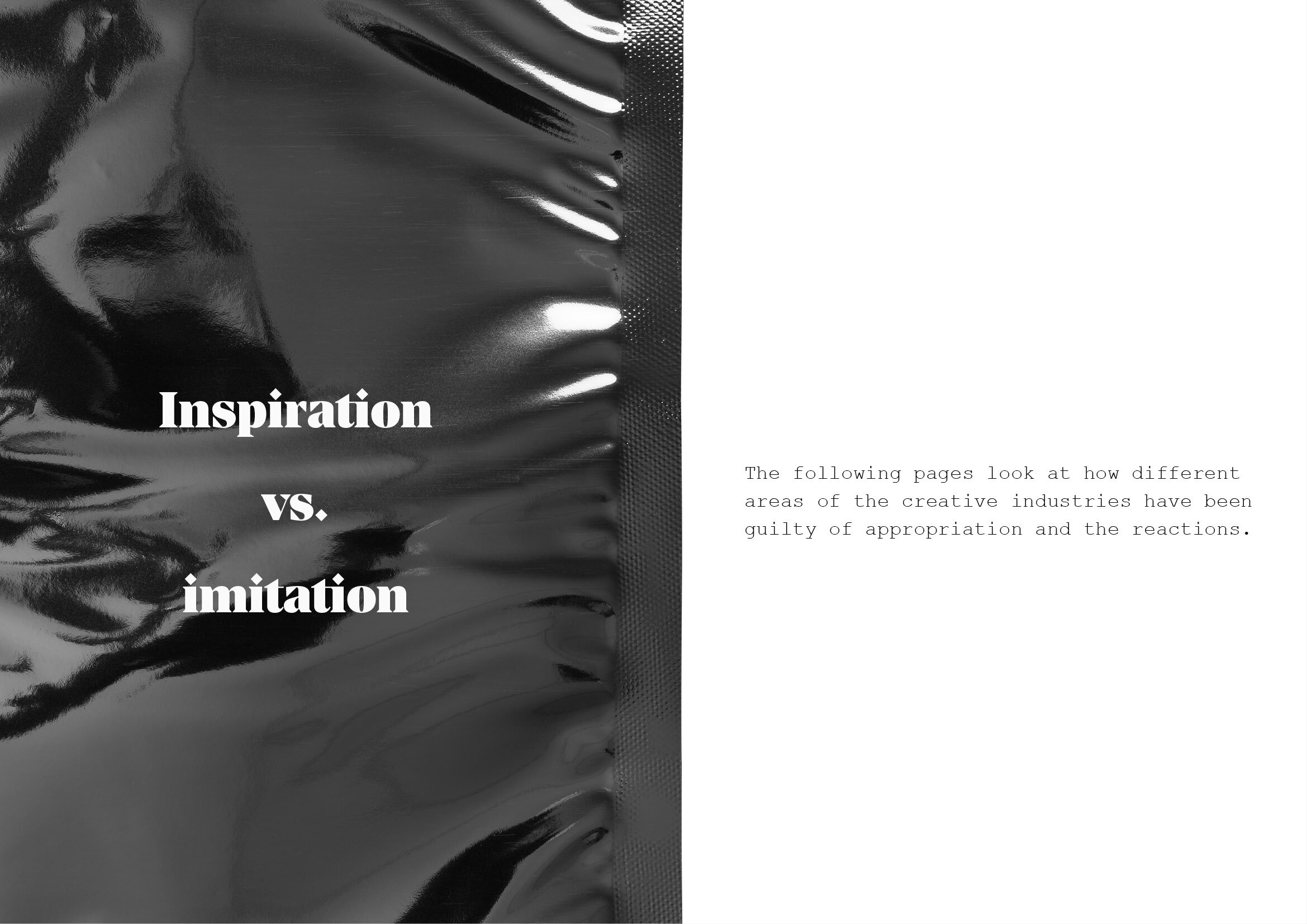
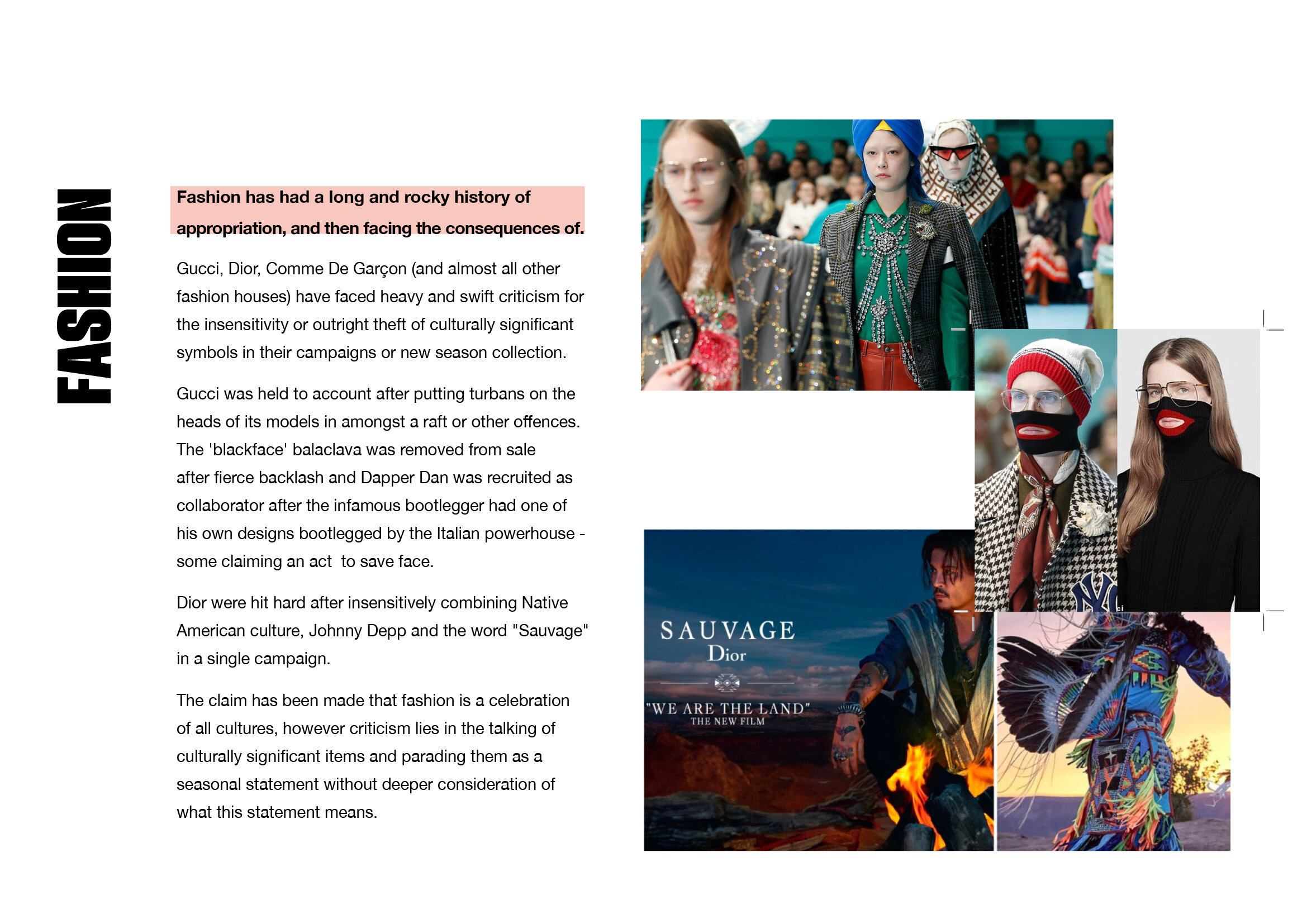
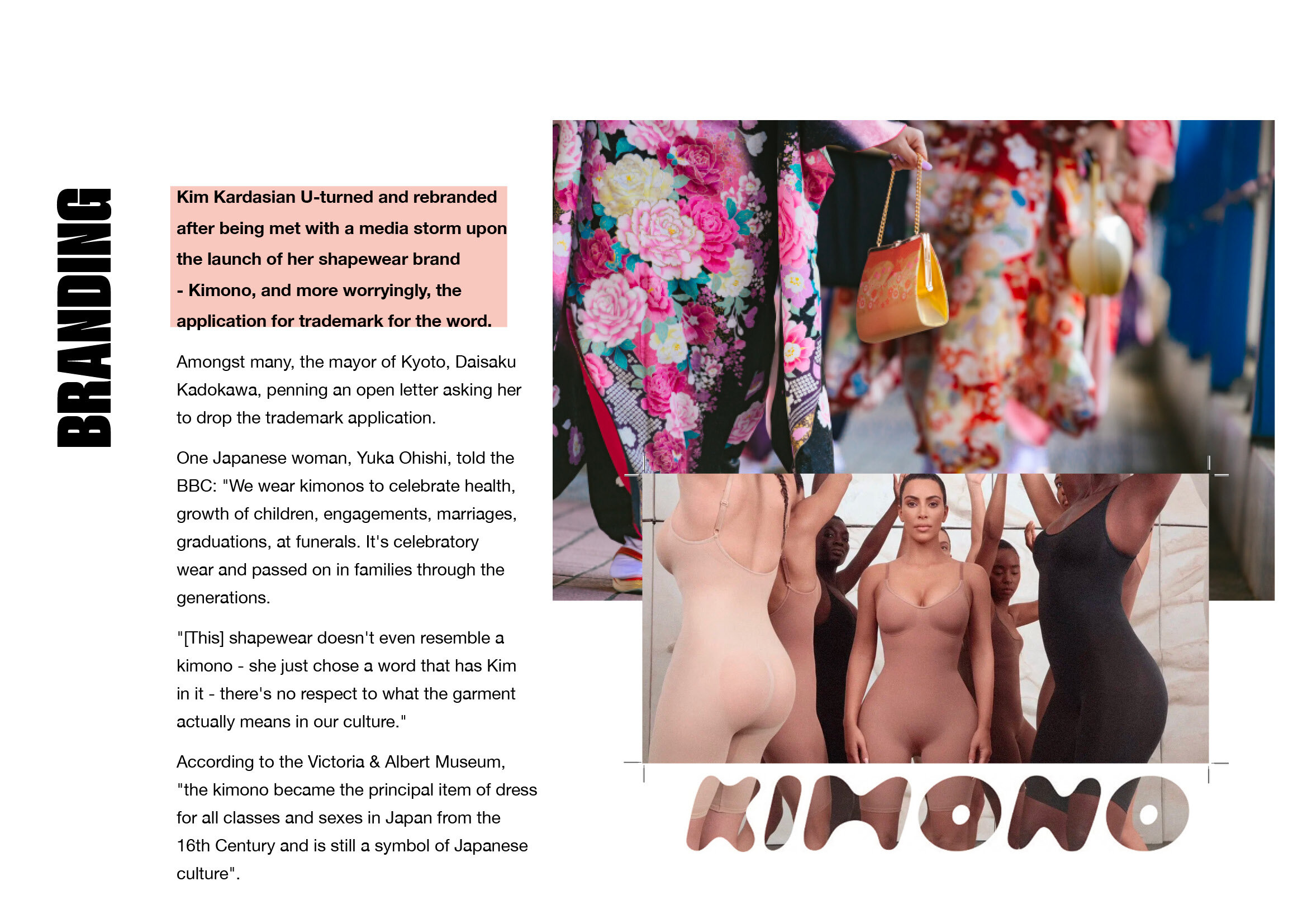
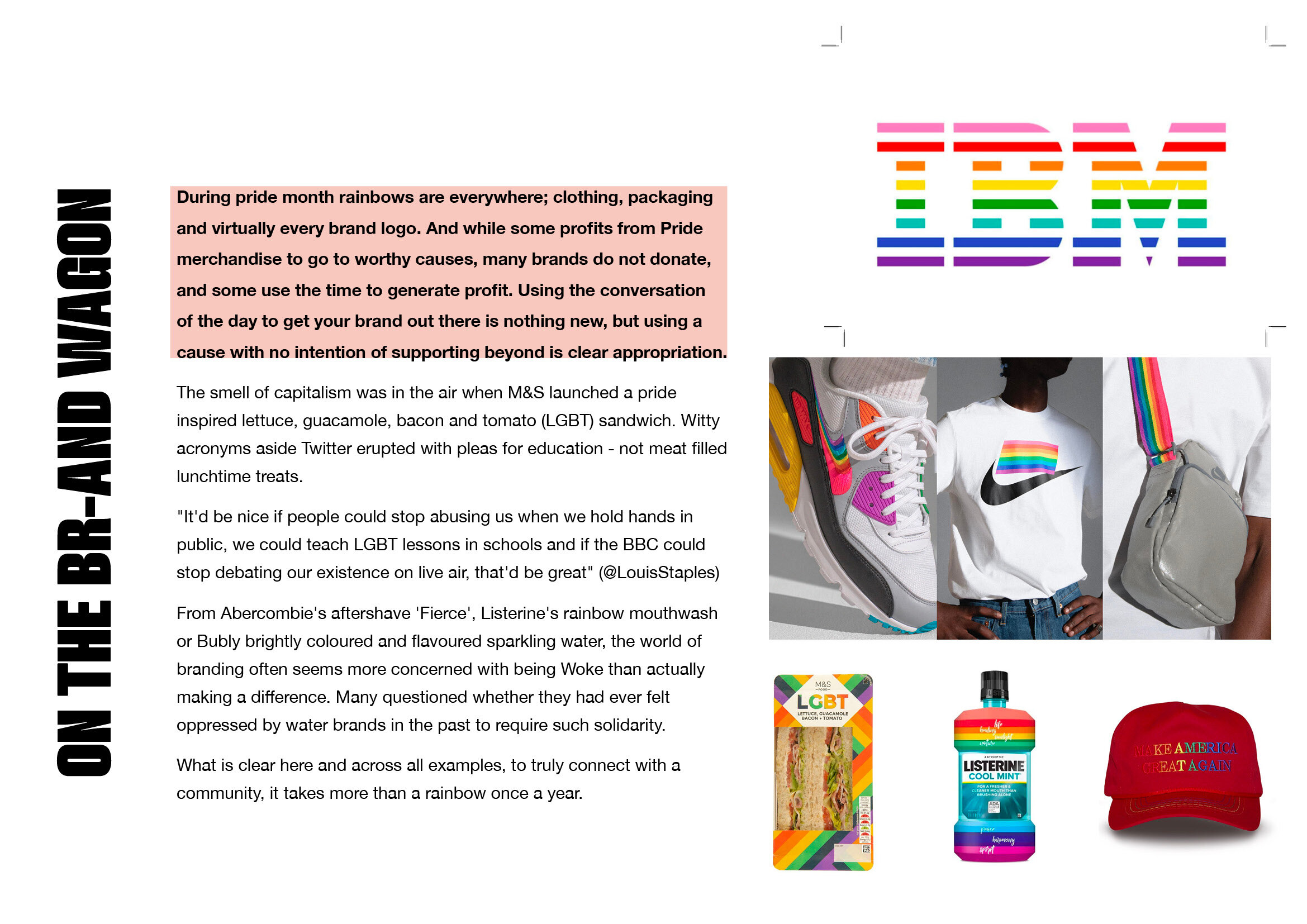
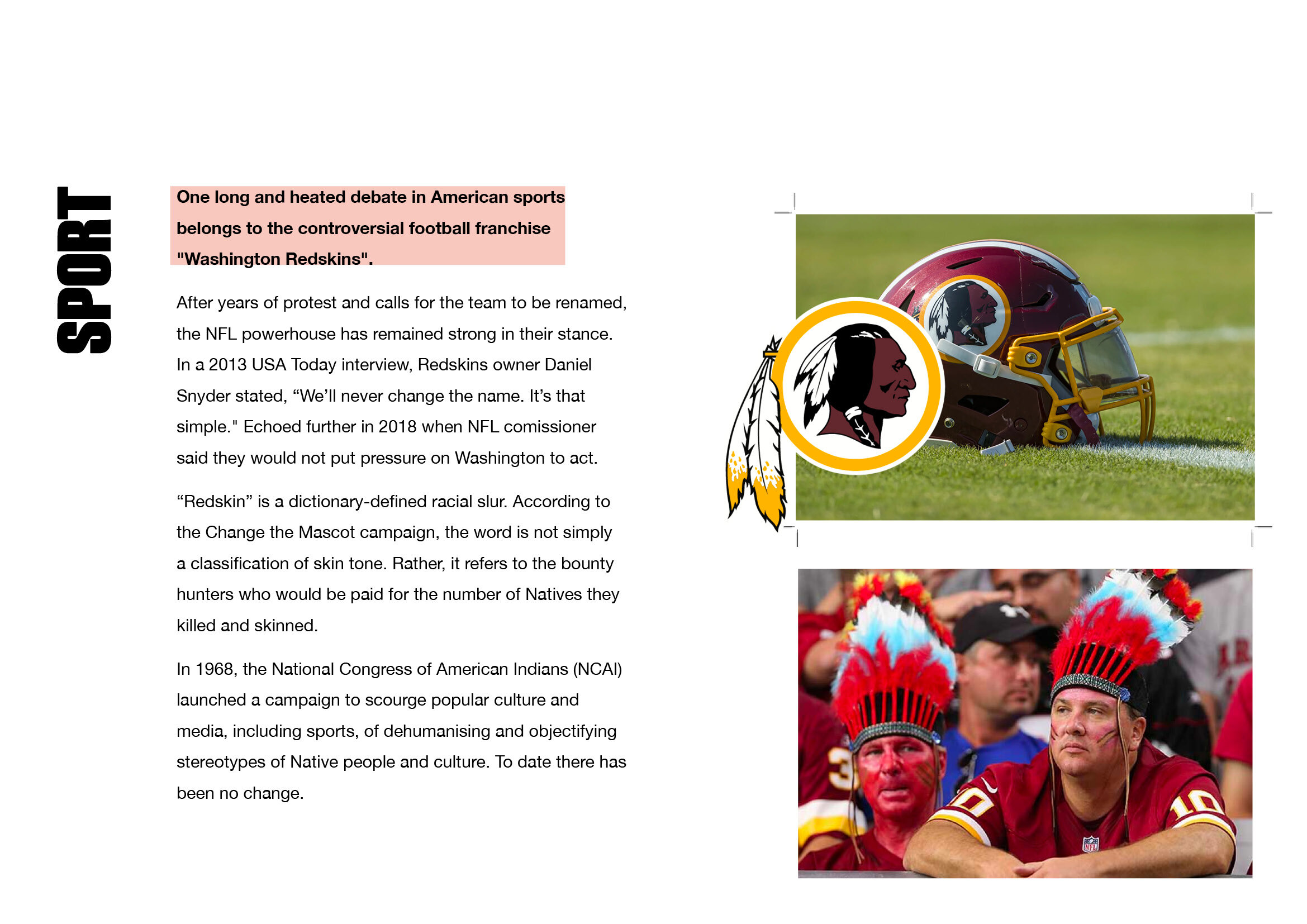
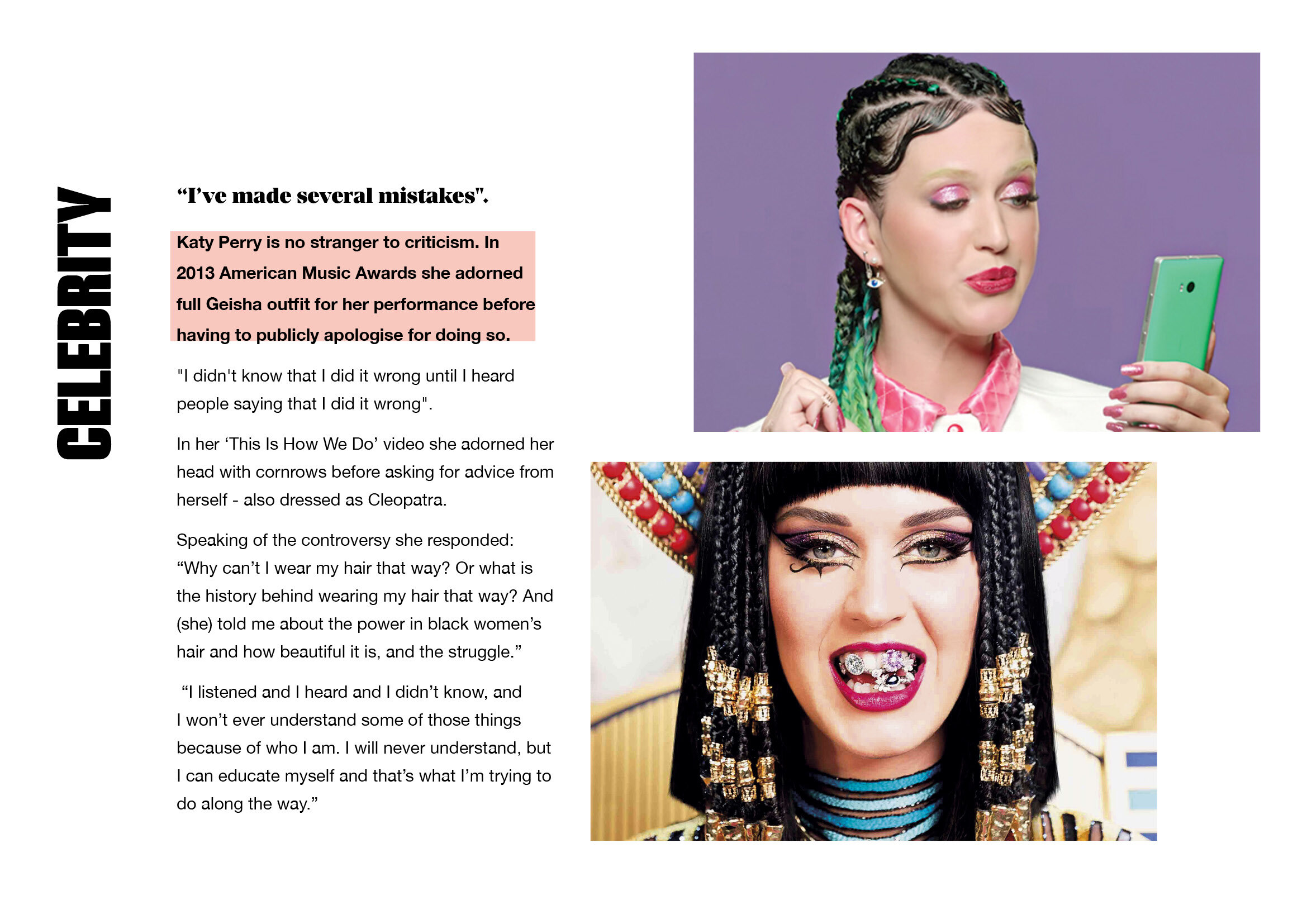
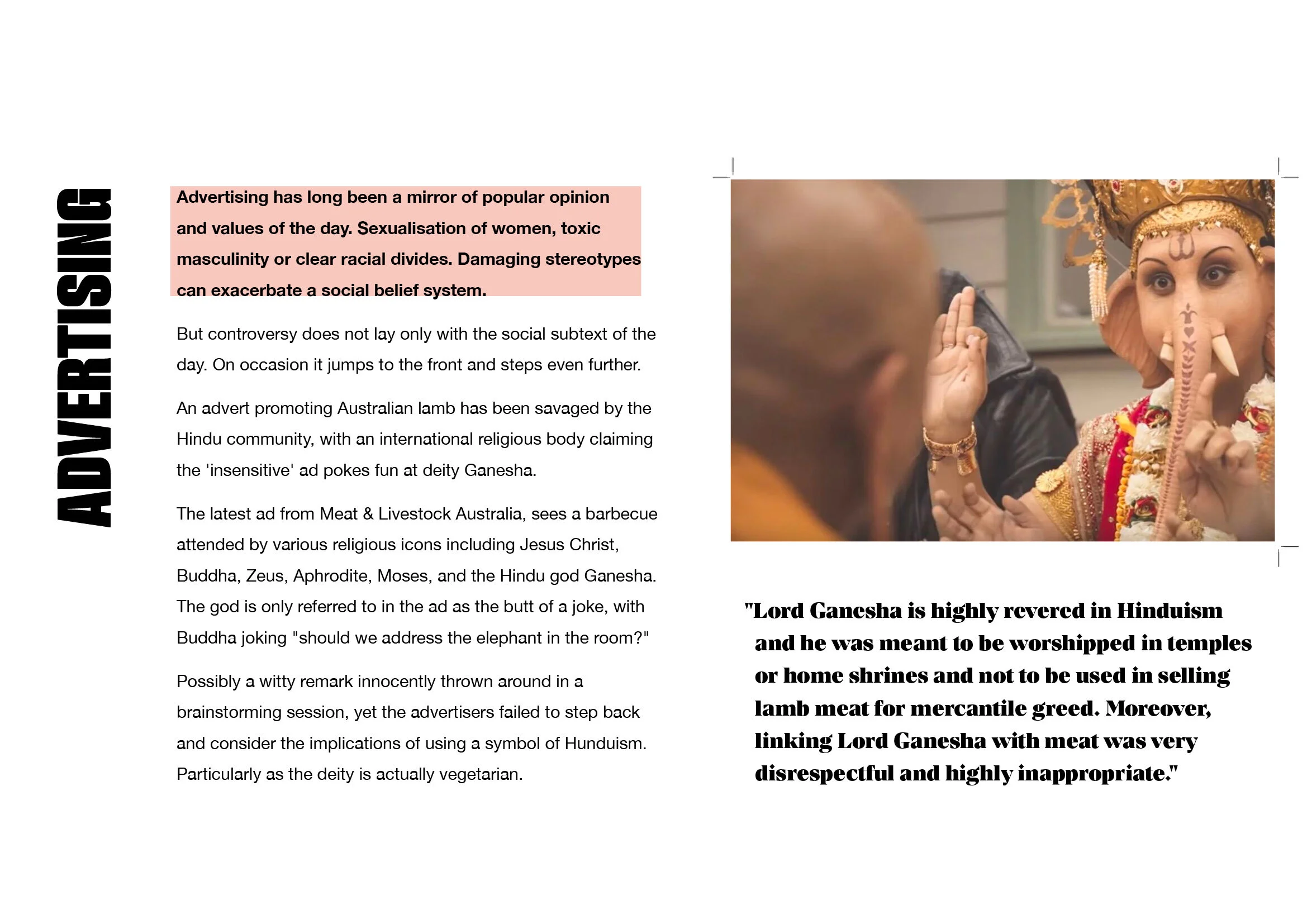
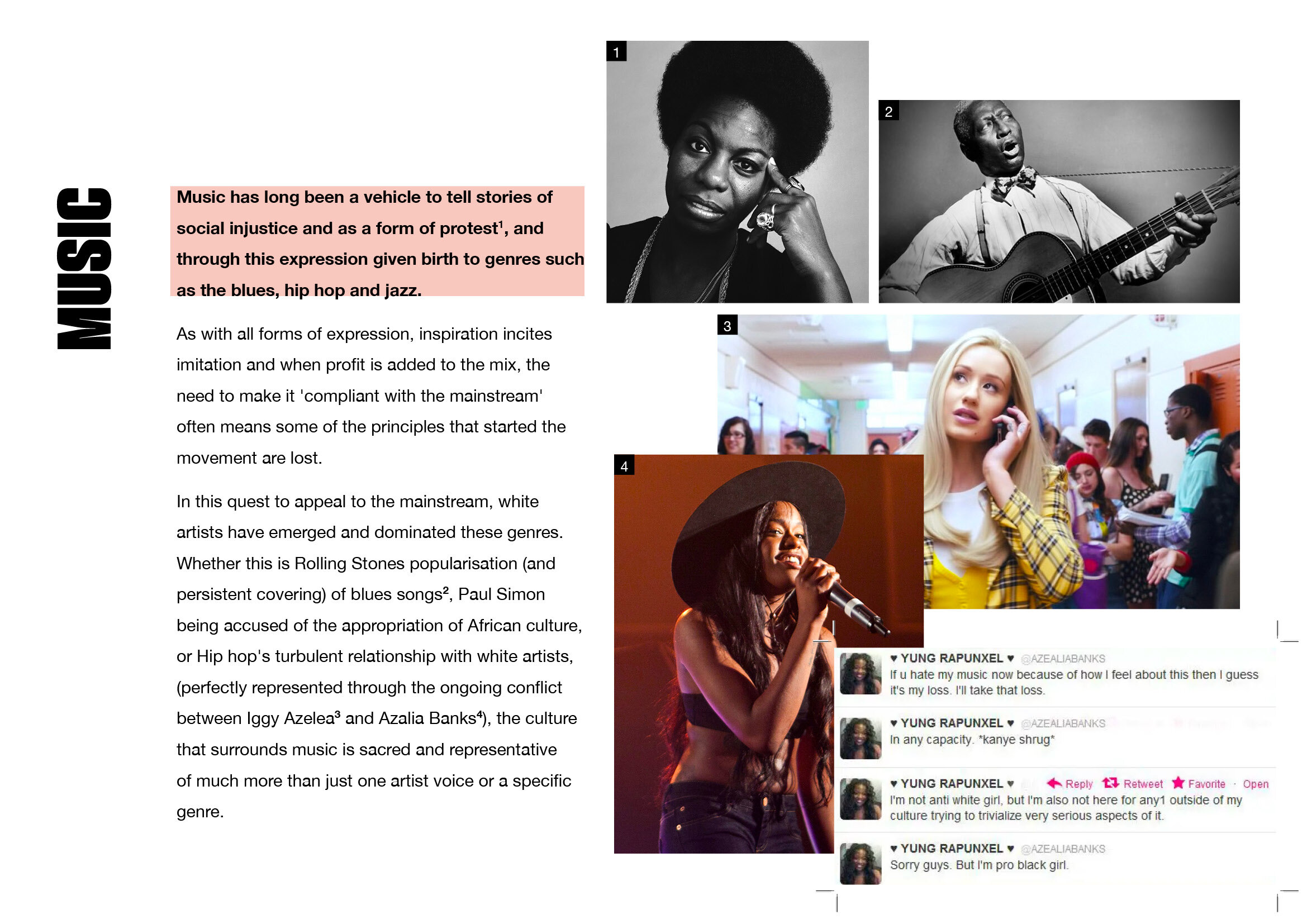
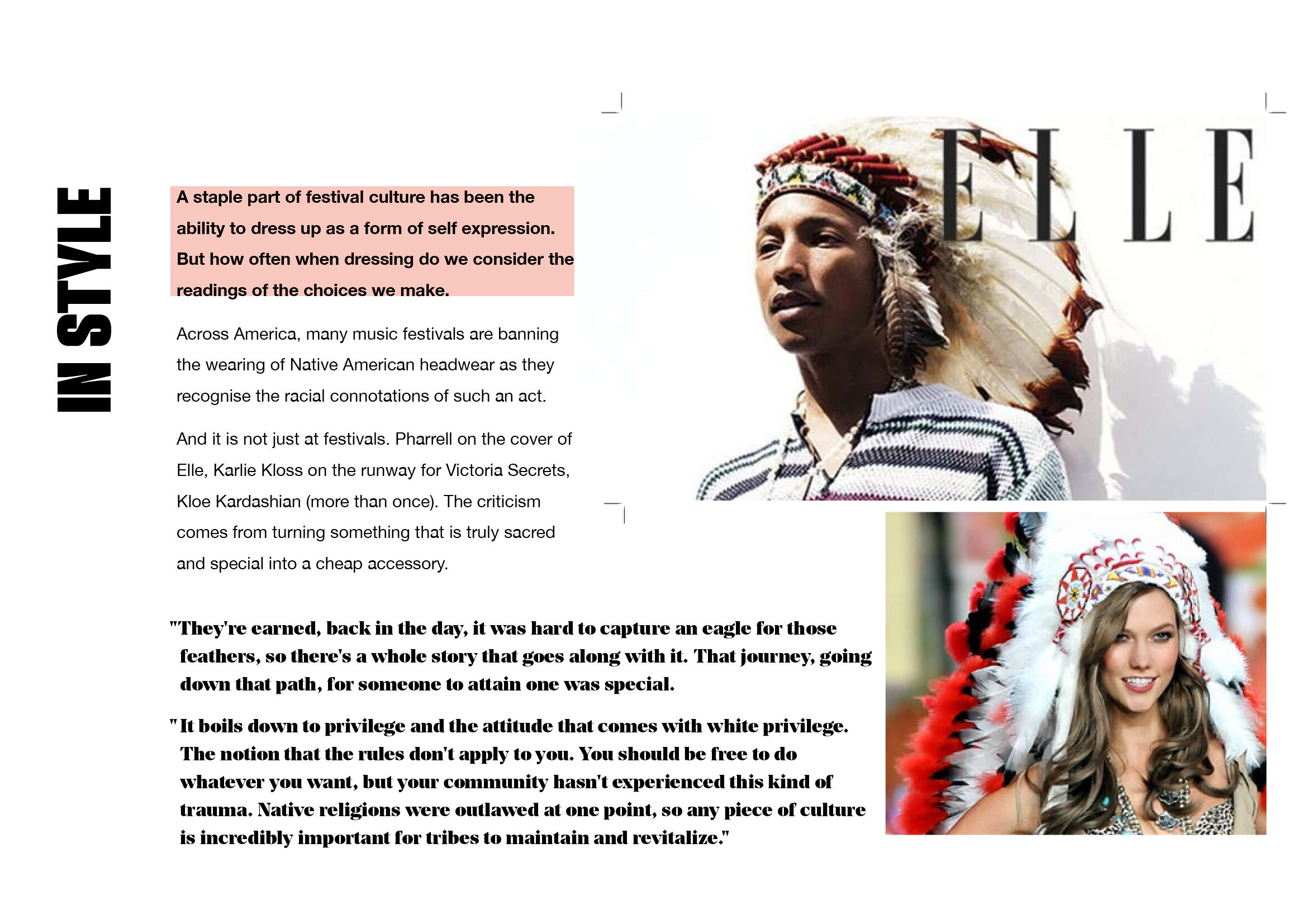
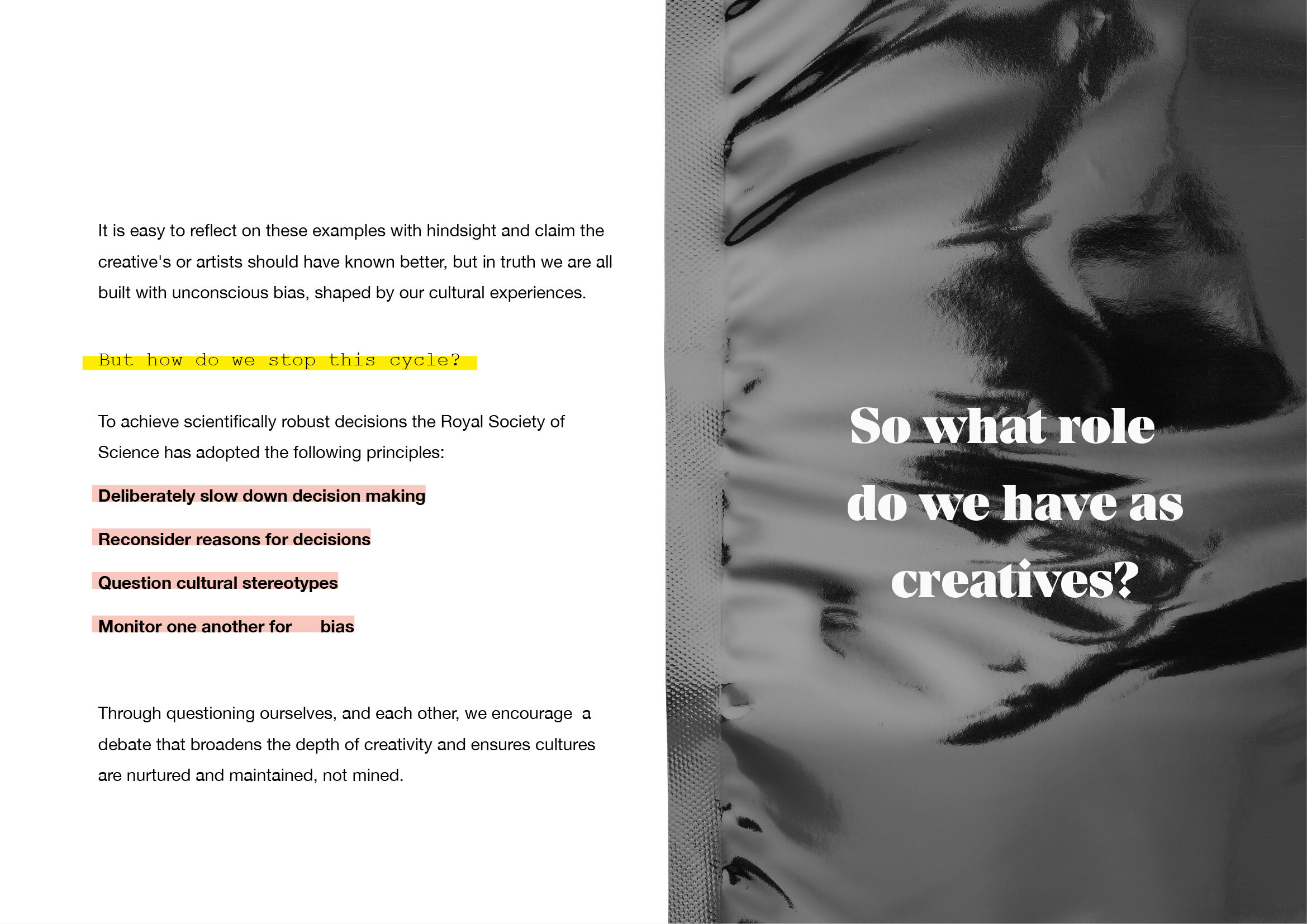

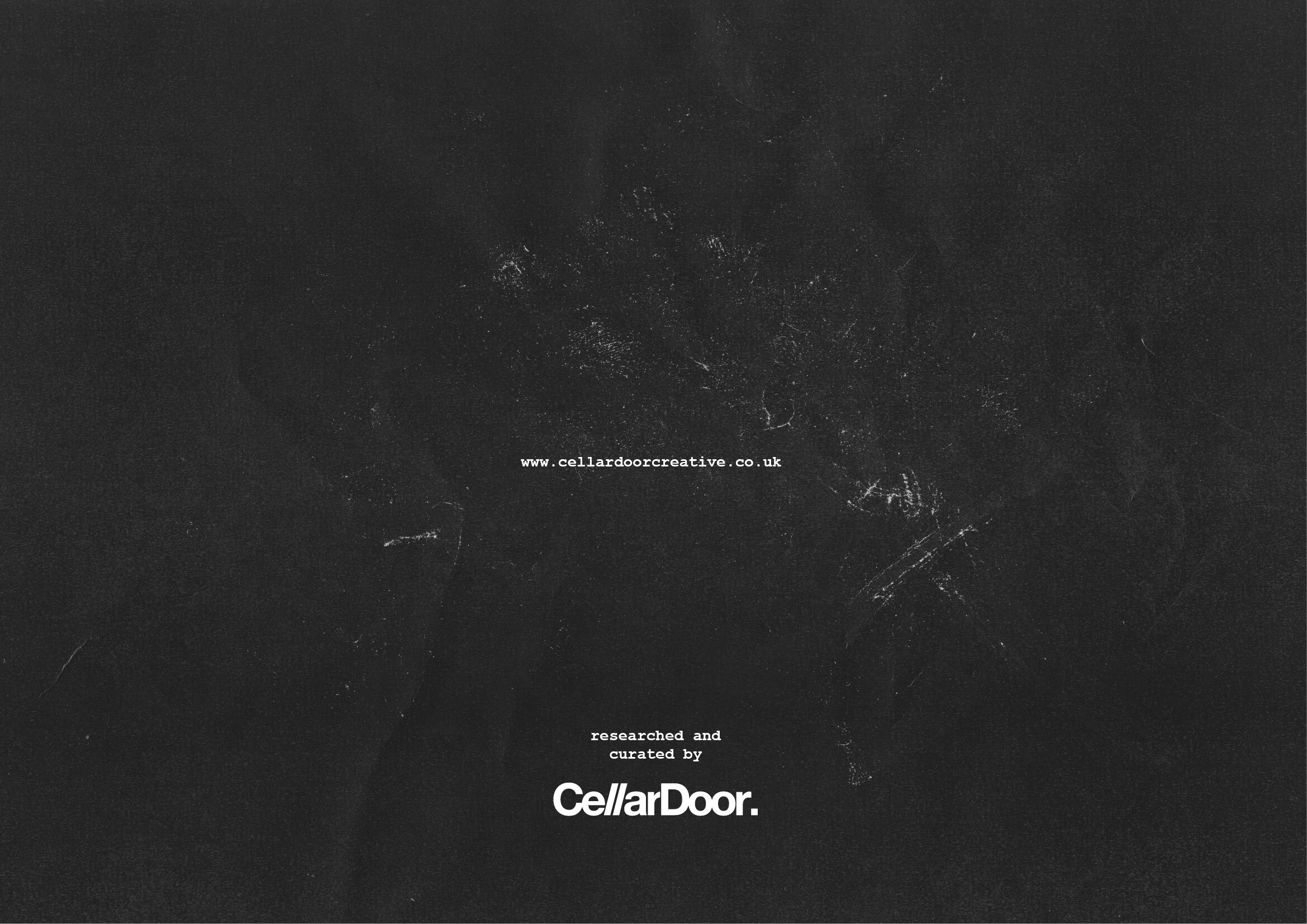
Black History Matters
Black Lives Matters is not a trend. It is a deep seeded narrative. It is a social imbalance and will continue unless there is a change in the system. We all have a role to play and can support but do not do it blindly.
Knowledge and awareness are the only ways to make true lasting change.
Food, Glorious Food
The pandemic has forced us all indoors and into isolation. Although this will not be enforced forever the implications and practices may continue to ripple.
Telecommuting technology has historically been slow to take off, with 'sticky' work cultures being widely responsible for this inertia. However video conferencing and online workflow has and continues to undergo massive investment which may result in more permanent shifts in working patterns.
(Office) working can be loosely broken into two camps; collaboration and incubation. Fundamentally as humans we like to share and meet up and the best ideas are nurtured as a team, but many have found the benefits of focused isolation when tackling an individual task. The recalibration of our working habits may result in more working from home, married with an increase in physical hang outs, to catch up, discuss and collaborate.
So what could this mean to the Food and Beverage Industry?
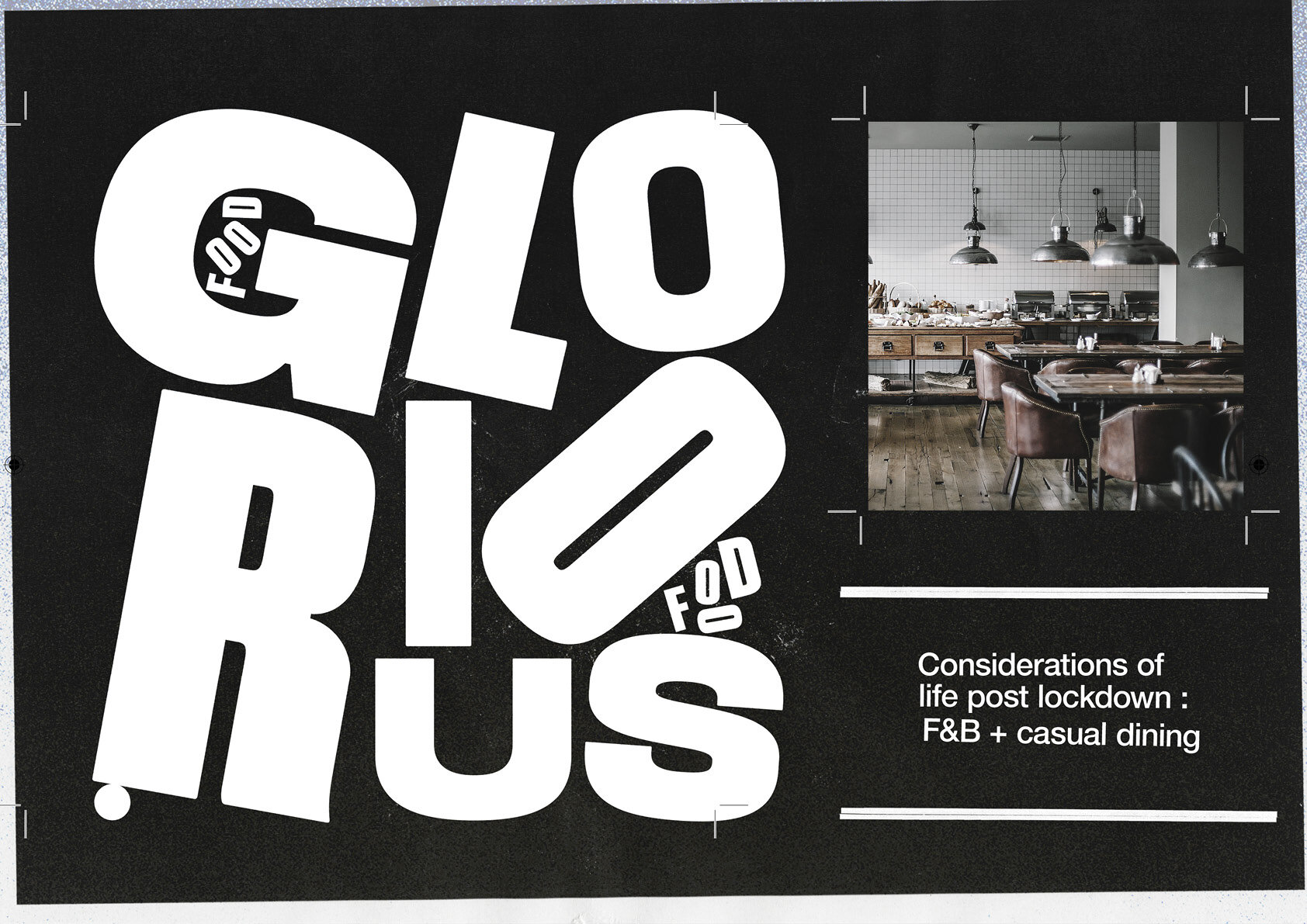
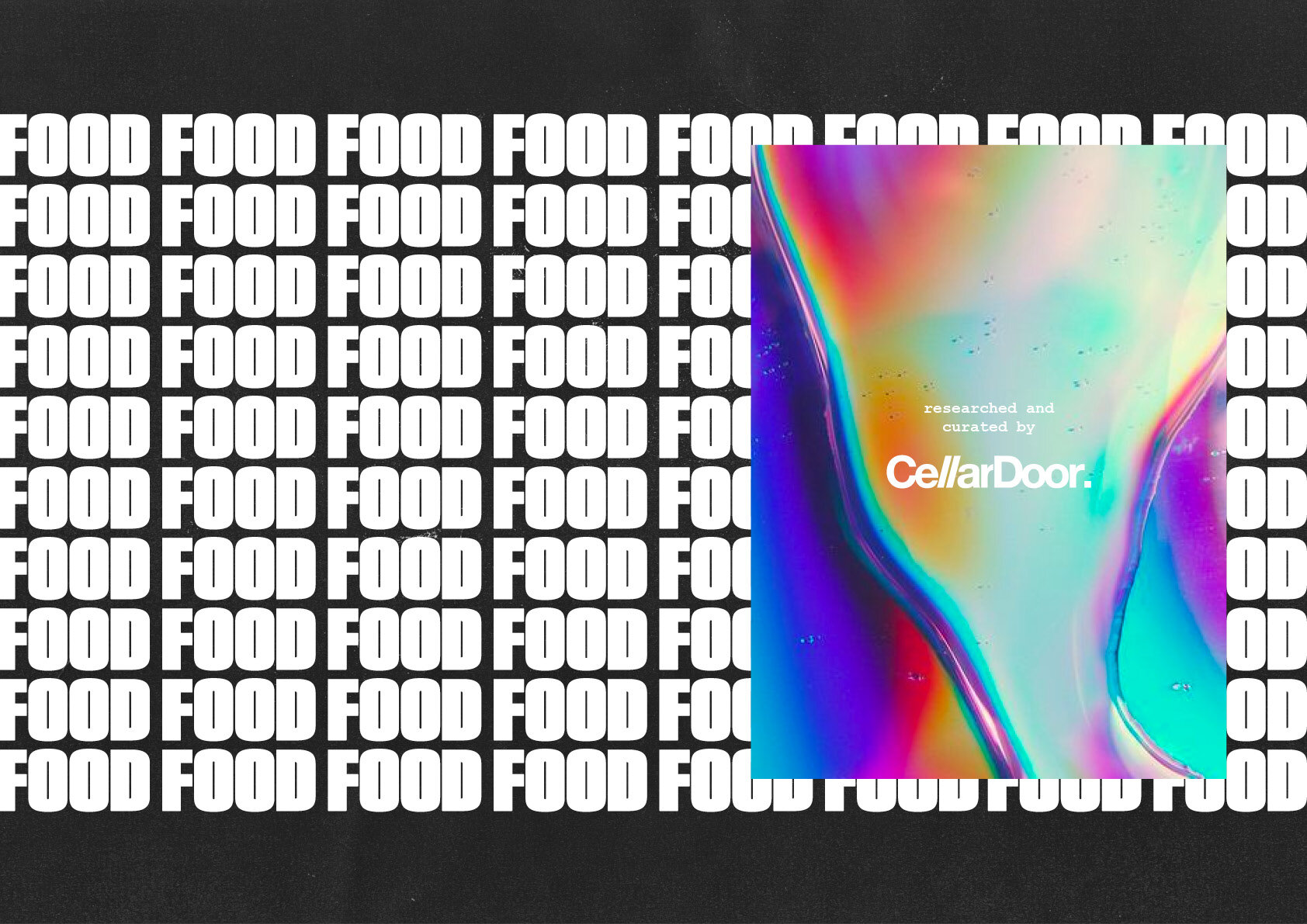
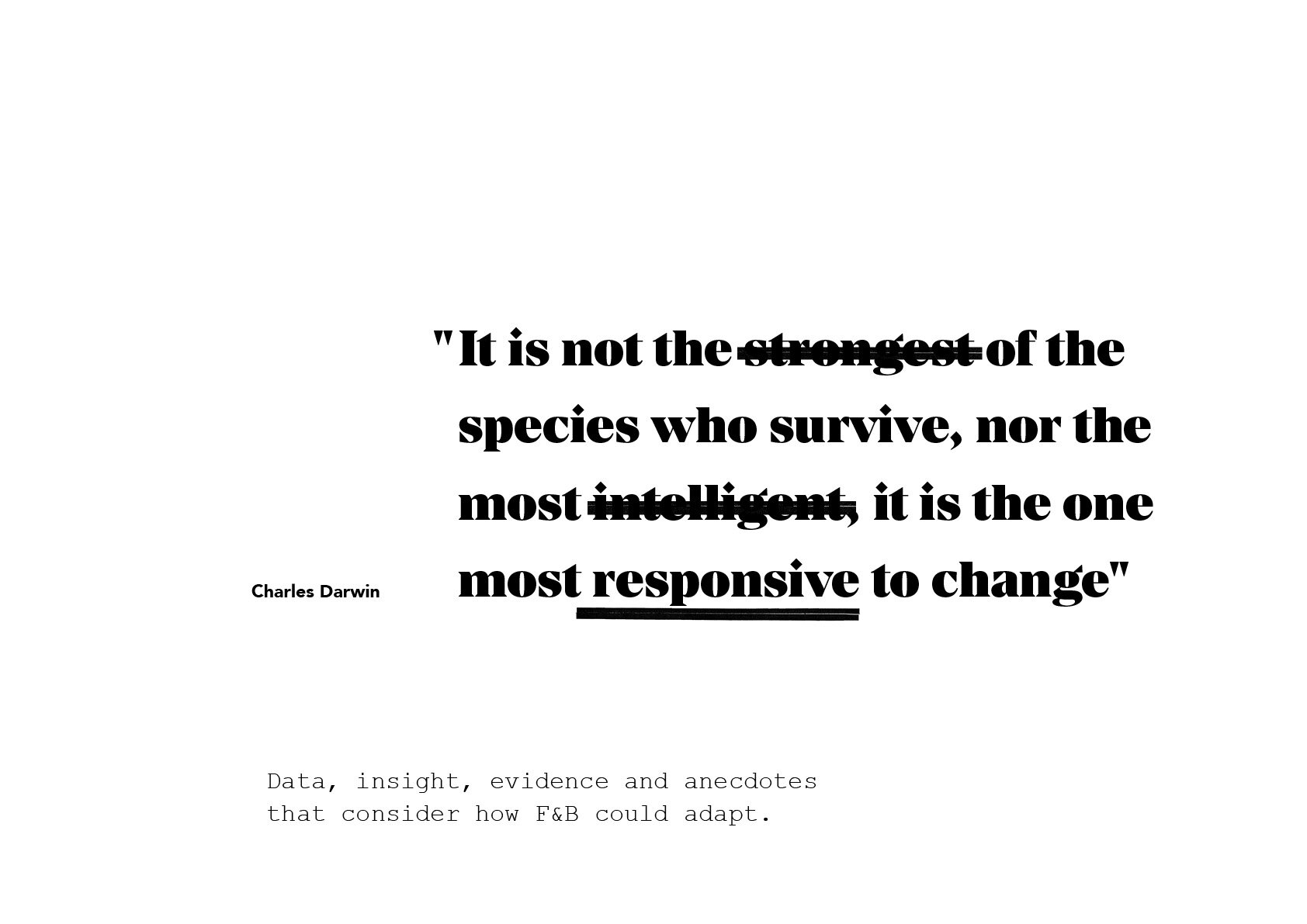
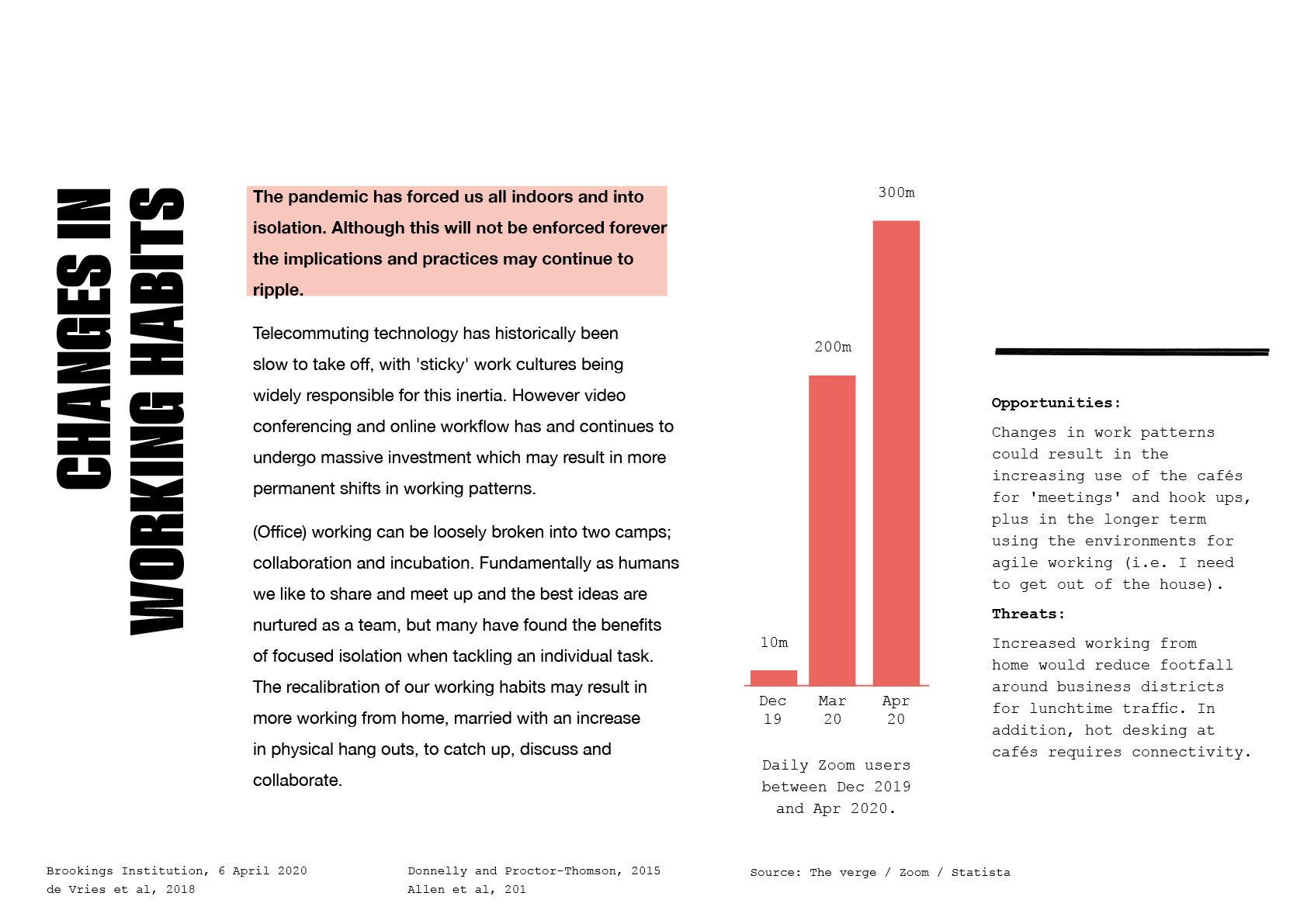
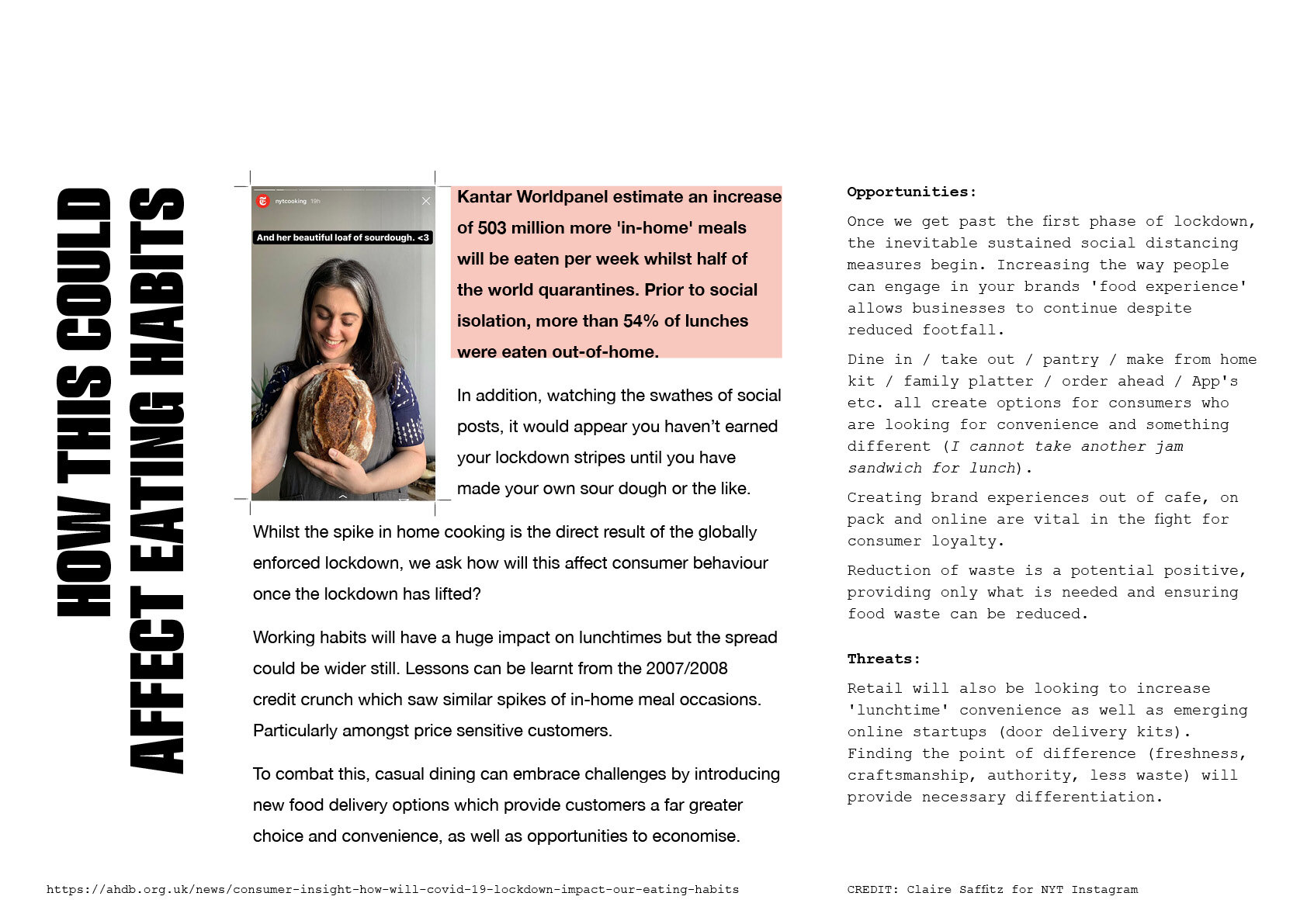
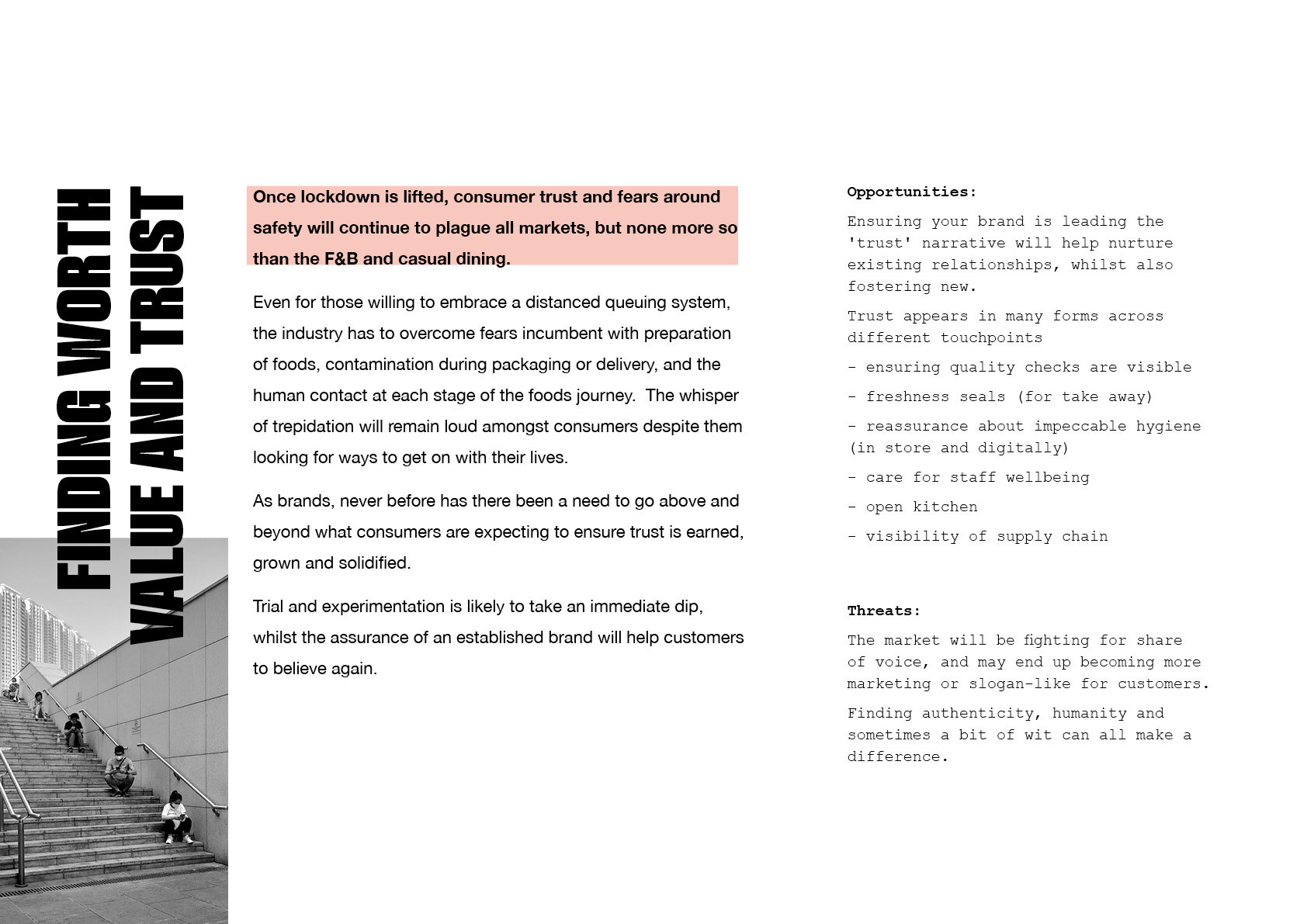
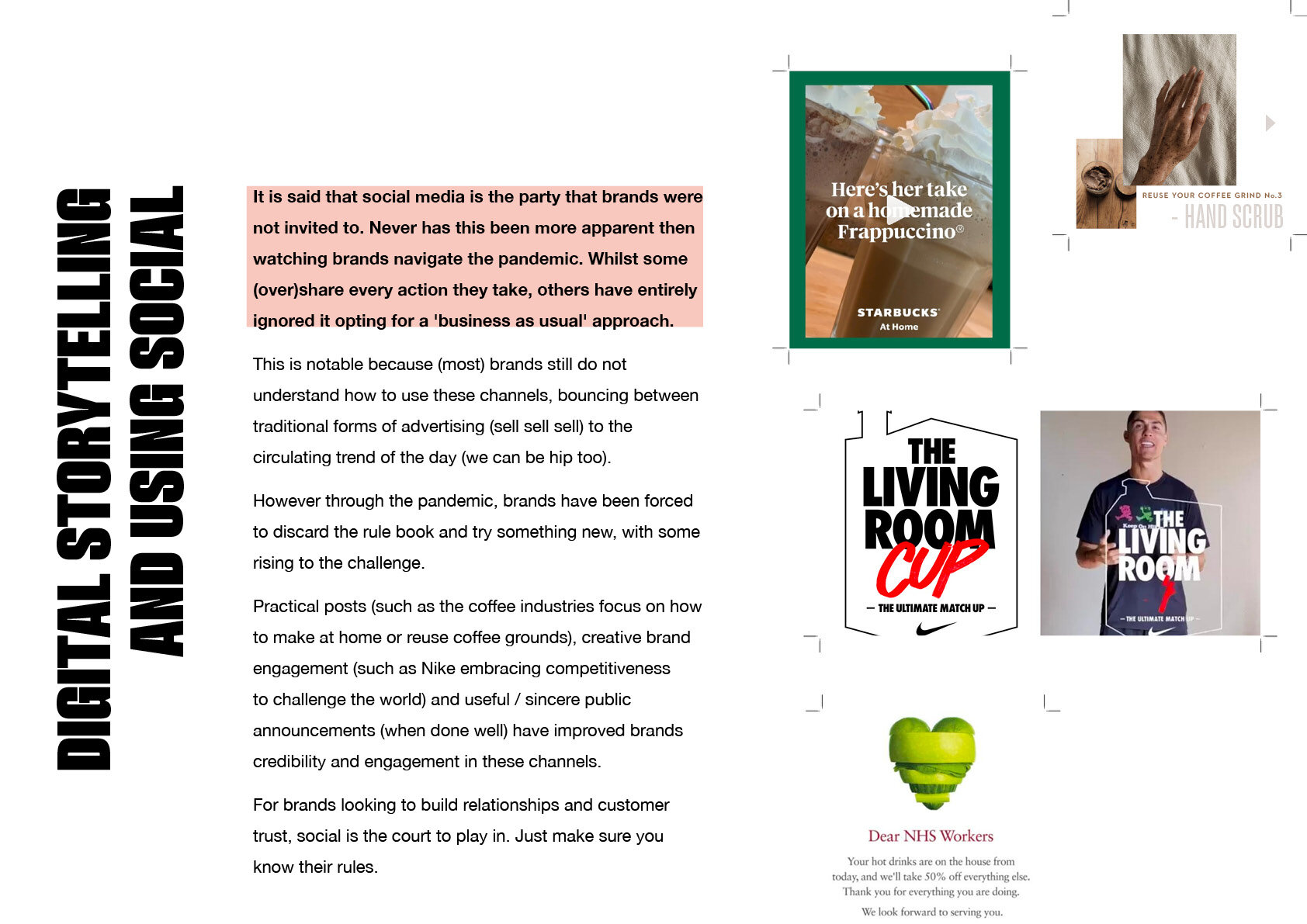
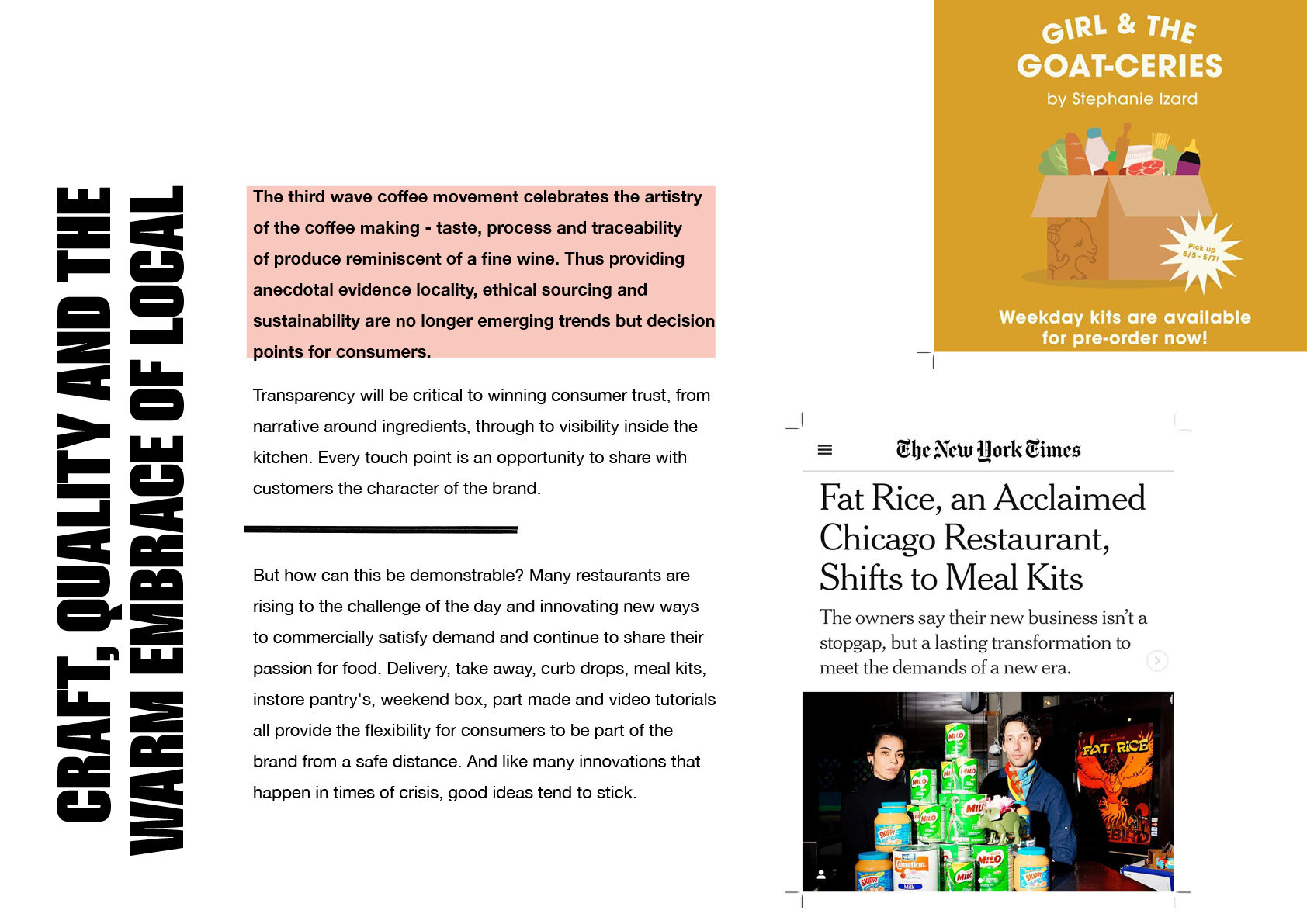
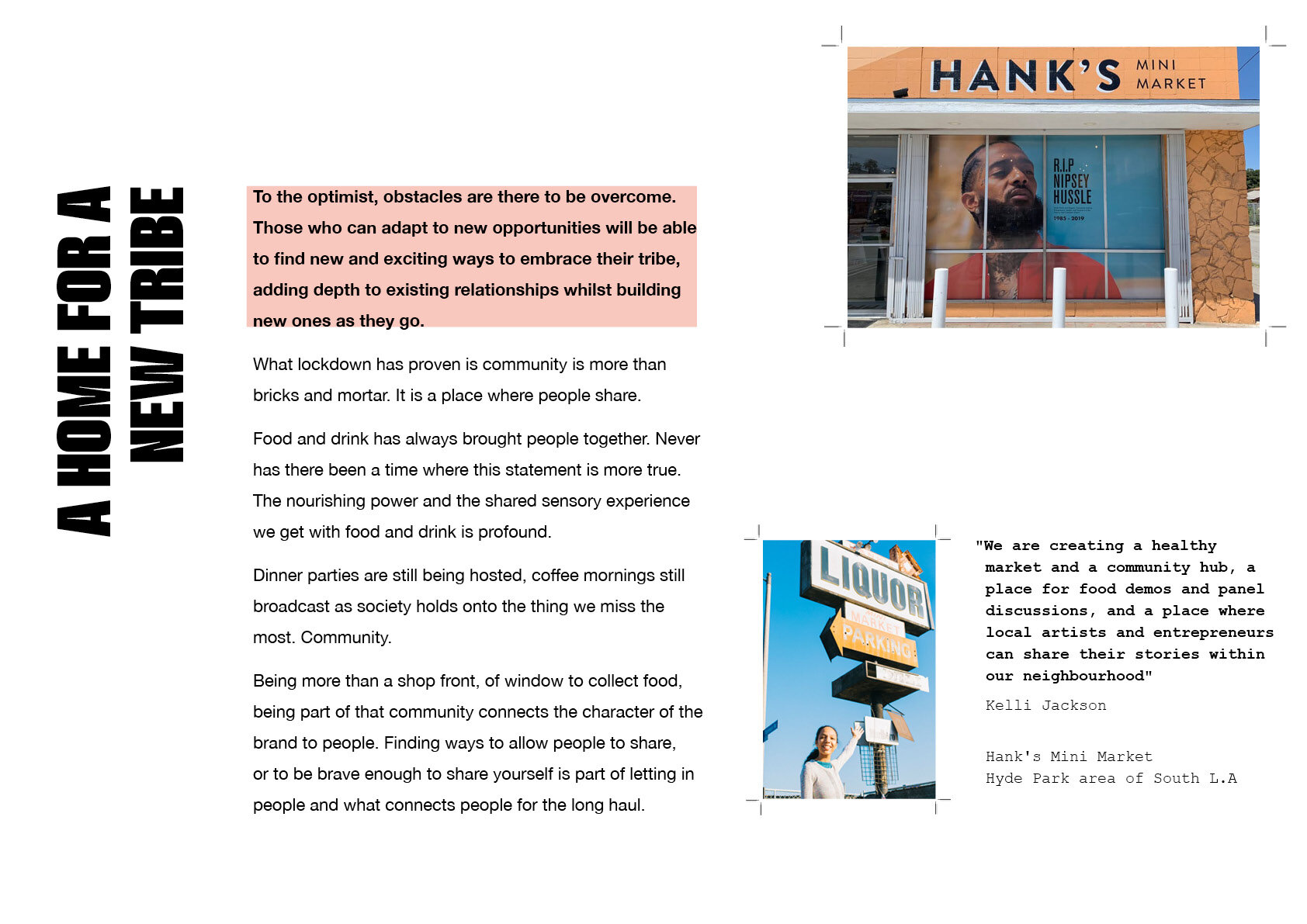
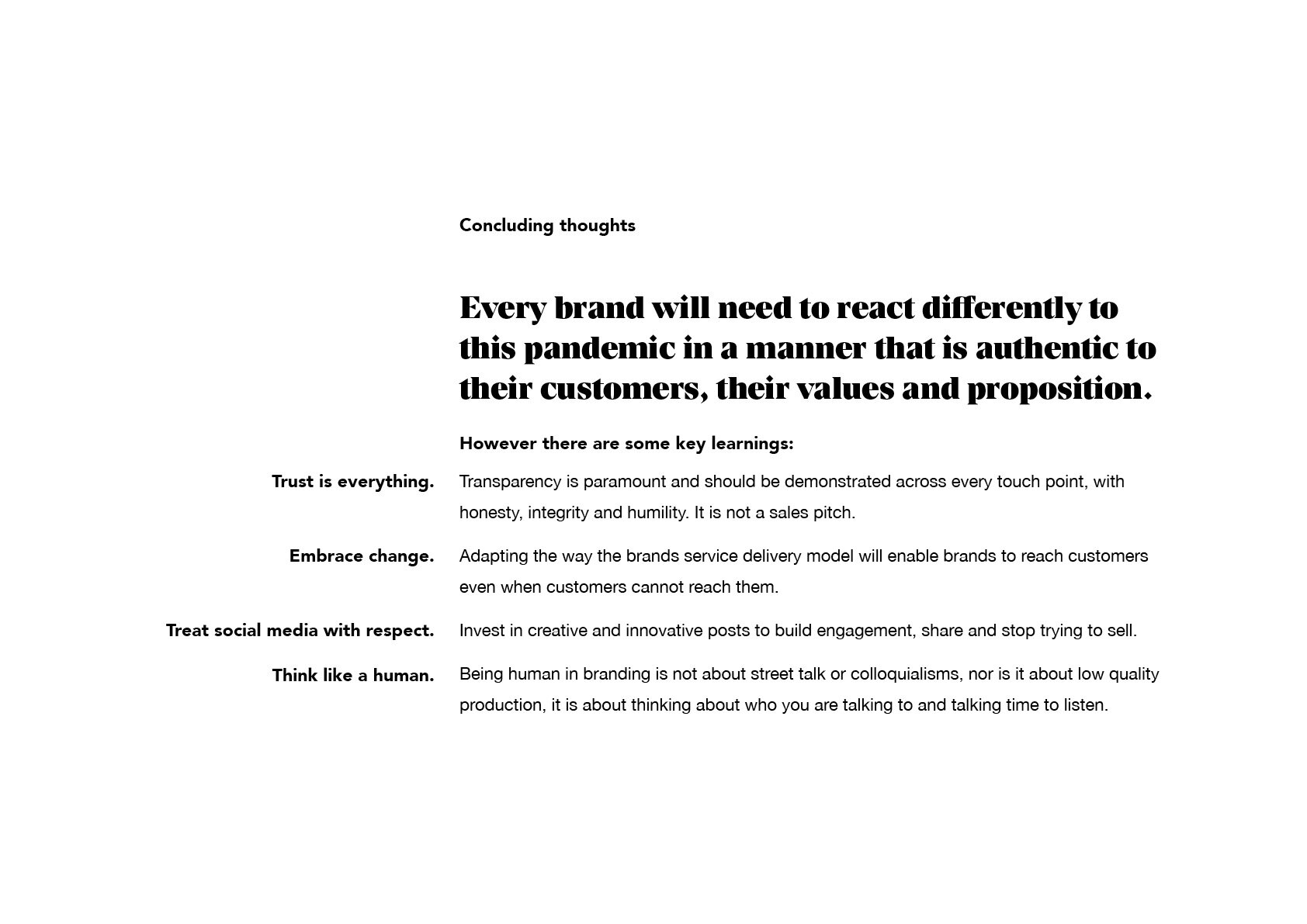
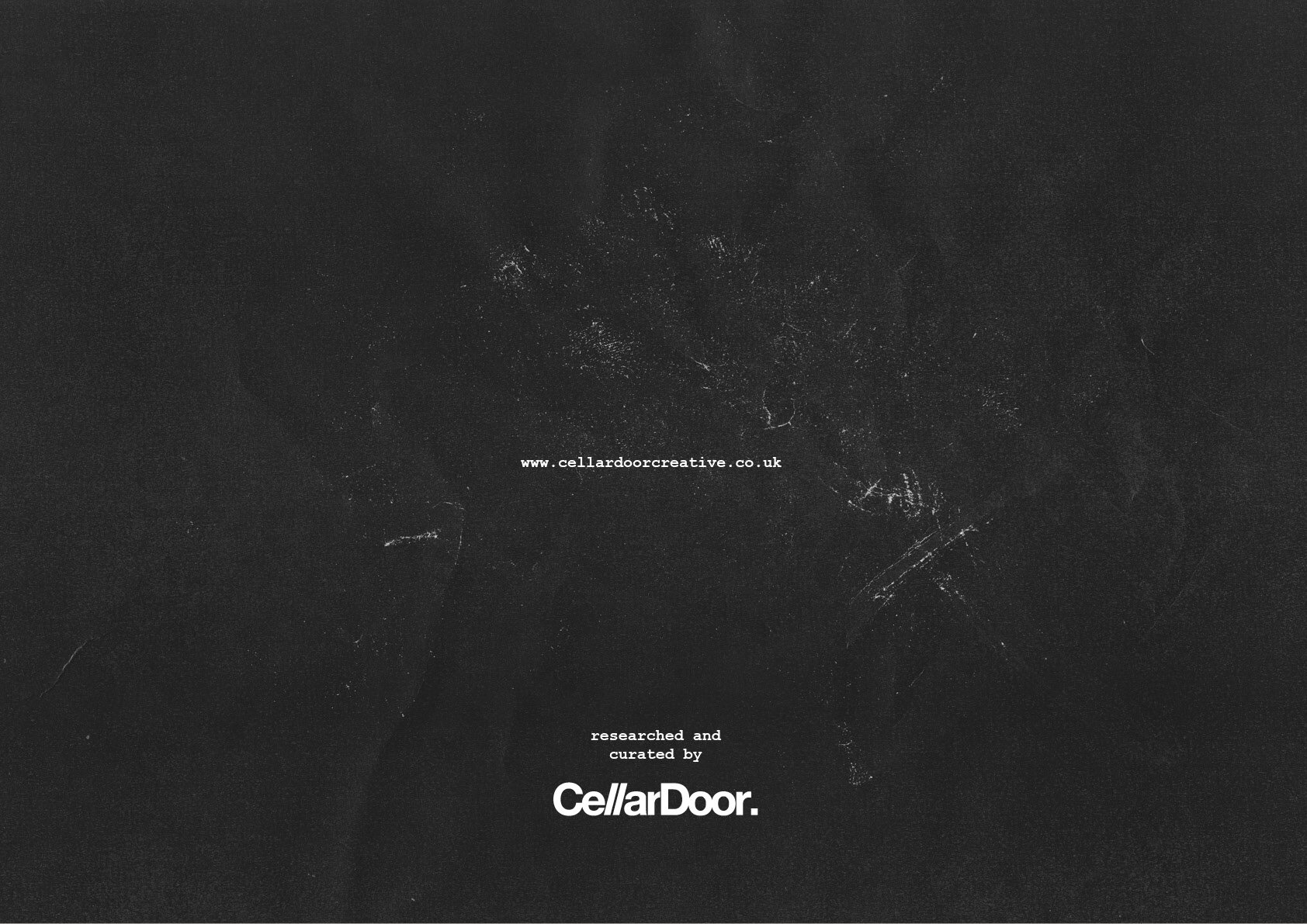
Unprecedented
With lockdown in full effect, the rhetoric of government, media and every brand out there is starting to blur.
The song definitely remains the same.




